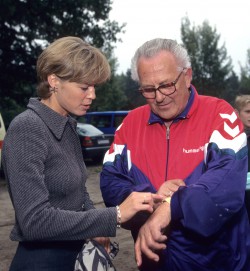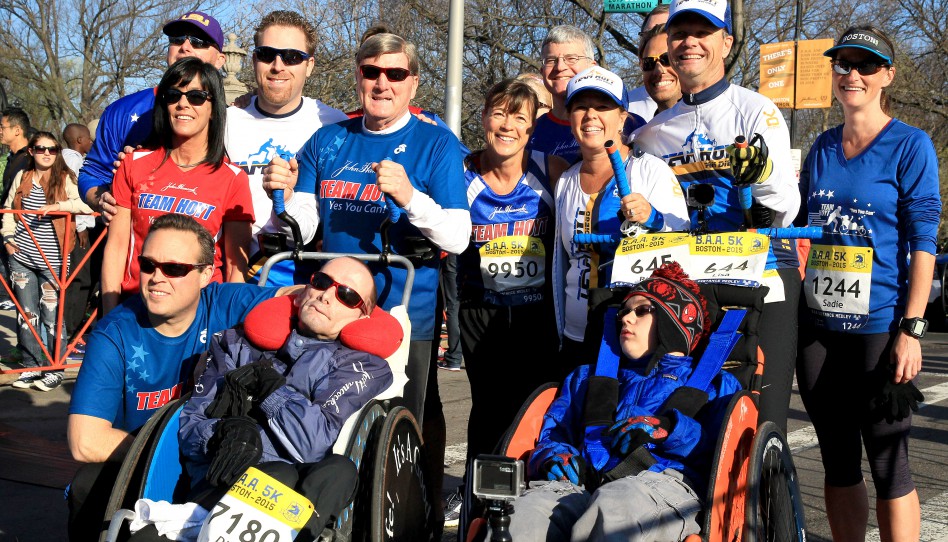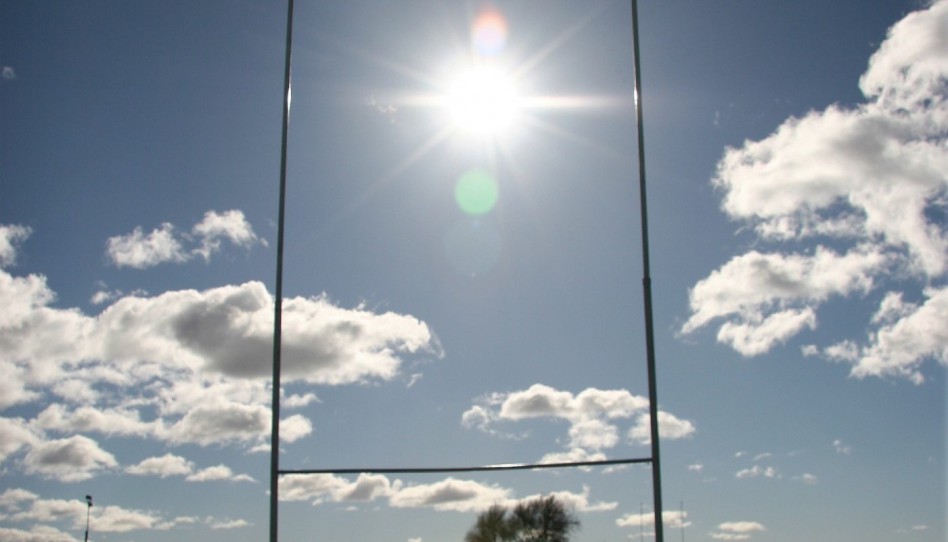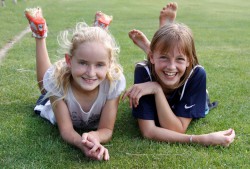The Fit Life: Sweet Light
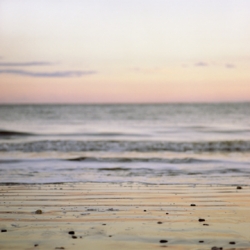
A few tips I’ve picked up from living with a professional photographer: It’s usually better not to center the subject of your photo. Cutting off the tops of heads is not only not bad, but often the way to go. Pointing a flash directly at people creates harsh shadows. And what many people consider to be the best conditions for a shoot-bright, sunny weather-is perhaps the least interesting.
That last bit of photographer’s wisdom has been easy for me to internalize, because I’ve long thought the same about running. Of course, a run at any time improves the following hours. But away from the edges of the day, many runs for me are like what Kramer said on “Seinfeld” about Tuesdays-they have no feel, meaning they’re often not distinct experiences. A run started at 11:00 a.m. seems no different than one started a bit after noon or at 1:30 p.m. Because conditions overhead rarely change, time seems suspended; have I been out for 15 minutes or 45 or 75? When I try to recall them a few weeks later, they’re like midday photos-washed out, lacking subtlety, seldom memorable from an aesthetic standpoint.
Near dawn or dusk, however, runs are imbued with what photographers call “sweet light.” Shadows lengthen, colors change by the minute, nature glows. In just a half-hour run, I can watch the same patch of sky flirt with most of the visible spectrum, shifting from purple to pink to orange to red. In the morning, I get to see the sun, an improbably large semicircle, peek over the horizon. On special evenings in the fall, the full harvest moon rises as big and bright as the descending sun on the other edge of the sky. Light strikes objects horizontally, lending an eerie, haphazard quality to what is bright and what is nearly hidden. I’m both participant in and, despite being mobile, passive observer of nature’s beauty.
Visuals aside, I’ve always most enjoyed runs at either side of the day. Early in the morning, it’s easy to get that “I have the world to myself” sensation. (Not that I mind seeing others working out. As we nod or wave to each other, what camaraderie comes from realizing how we’ve both kept promises made to ourselves the night before.) The occasional car or dog walker or newspaper deliverer I see only highlights the mostly unoccupied feel to the neighborhood. With few distractions, I can acutely notice my muscles and mind coming to life and opening up to the day ahead of them. Looking through old training logs, it’s always easy to tell when I’d hit a rough mental patch. “Must get back to morning runs” shows up again and again, a should-be-unnecessary reminder that overcoming sleepy inertia brings great benefits afterward.
Even so, late afternoon/early evening runs have always been my favorite. If I’ve already run in the morning, an evening jaunt gives the day a bookended rhythm that imparts more meaning to what occurred between the two runs. What I chose to eat is more important. The work I did is more fulfilling, because the contrast between it and the runs lets me tell myself that I’m a well-rounded person with several sorts of abilities. And if I’ve done little since the first run except lie on my back and think about the next one, well, that’s not because I’m a lazy slug, but because I know the importance of recovery, right?
If it’s a one-run day, I almost always prefer going at dusk, and not just because my middle name is “Procrastinator.” I understand and appreciate morning exercisers’ delight in knowing that they’ve started the day well and needn’t worry about intrusions denying them the chance to work out. But I like having the run ahead of me. I like thinking about where I might go; I like trying to get a sense of how I might feel; I like being fully awake and loose from the first step; I like knowing that, however stressful the morning and afternoon were, relief is on the way. It’s human nature to want to have something to look forward to. For me, that’s a run soon before dinner, a ritual signifying the transition from the worker bee part of the day to the more carefree part.
Mostly, it’s a chance to think, “At the least, I have done this good thing today, and I have felt good doing it.” For the next little while, what else does happiness require?
A version of this essay will appear in Scott’s forthcoming book On Solid Ground: What It’s Like to be a Runner. More sneak peaks of the book will be available exclusively on this site in the coming months.
- Posted May 11, 2007
© Copyright 2007-2022 by Take The Magic Step®. All Rights Reserved.
